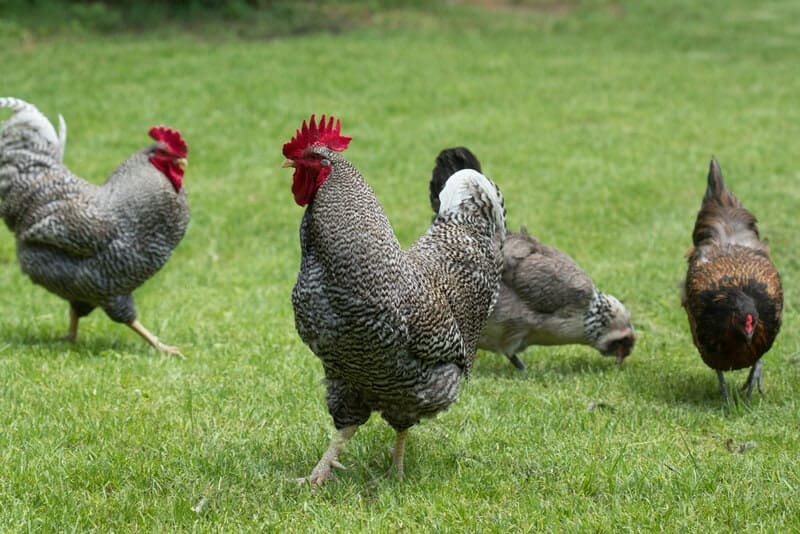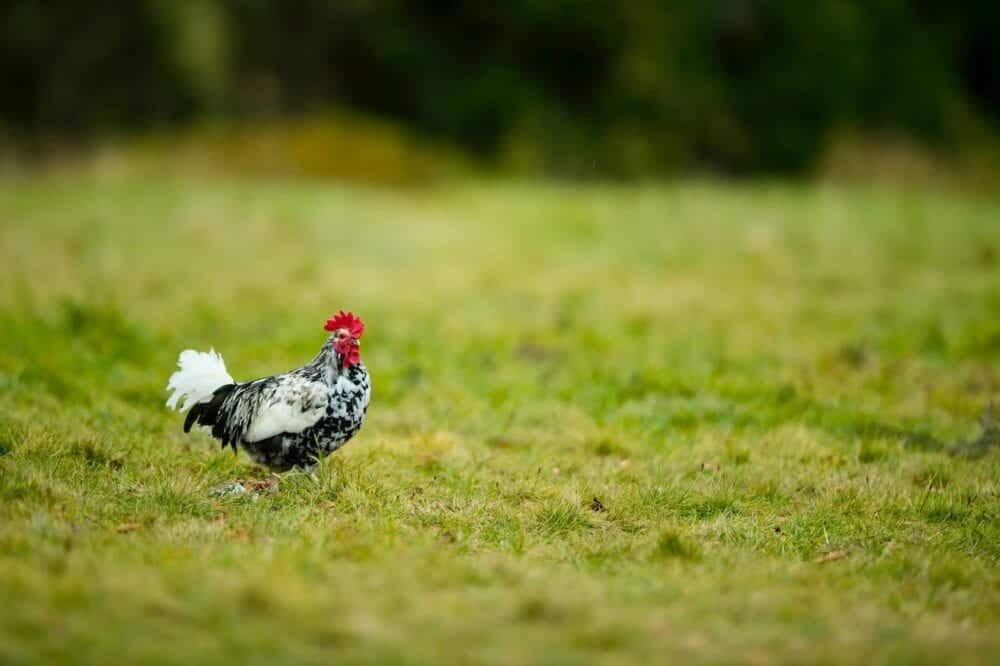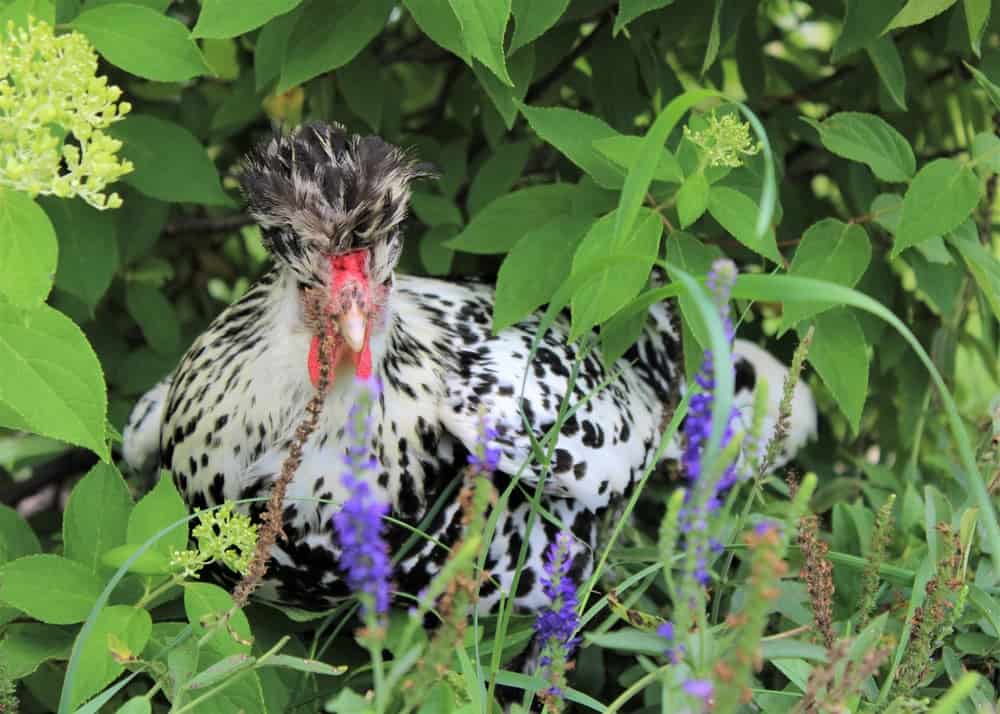Chickens have been domesticated for so long, it’s hard to think of a time when they were purely wild. Today, if you see a chicken walking down the road in a residential area, chances are that it escaped from a nearby flock. Sometimes, these stray chickens can revert to being wild, meaning that they survive outside on their own without human assistance.
The chickens that we are familiar with today are descendants of the wild red junglefowl that are native to southeast Asia. These wild chickens can be found in several places around the world.

Are There Wild Chickens?

Wild chickens do exist, but they’re not the same as the domesticated chickens that we know. They are called junglefowl and are truly wild, having never been domesticated or tended to by humans. There are some cases of domesticated chickens escaping their enclosures and living together in wild flocks, known as feral chickens. These birds have become wild again and will roost in bushes or low tree branches to stay clear of predators.
Preferred Environments of Wild Chickens
Wild chickens prefer rainforests, bamboo forests, shrubby areas, forest edges, and tall grass to call home. They move between habitats, depending on the location of their food sources.

Countries With Wild Chickens
- Bangladesh
- Cambodia
- Vietnam
- Thailand
- Bermuda
- Singapore
- Pakistan
- Malaysia
- Nepal
- Indonesia
- China
While not native to the following places, these birds have been introduced to them, where they’ve formed wild flocks:
- Australia
- Fiji
- Jamaica
- Palau
- Puerto Rico
- United States
Hawaii has large flocks of feral chickens, especially on the island of Kauai.

Wild Chickens in the United States

Wild flocks of formerly domesticated chickens can survive in the wild if the conditions are right. They just need shelter, food, and a water source, and they can get by on their own.
Hawaii
Hawaii provides the right temperatures and living conditions for wild chickens to thrive. In Kauai, these chickens are everywhere. The wild red junglefowl already lived there, having been brought to the island by humans. It’s believed that Hurricanes Iwa and Iniki were the cause of people’s domesticated chickens being relocated into forests. There, they bred with the junglefowl. The feral chicken population increased after both hurricanes, according to the Hawaii Audubon Society.
California
At the Vineyard Avenue off-ramp of the Hollywood Freeway in Los Angeles, the Hollywood Freeway Chickens have made their home. This colony of feral chickens likely began in 1970, when a poultry truck overturned, releasing chickens into the area. This colony has spread to form another colony 2 miles away at the Burbank ramp. While many of the chickens have been captured and relocated to ranches, the ones that remain continue to thrive.

Louisiana
Just like the hurricanes in Hawaii helping to spread the feral chicken population, Hurricane Katrina in Louisiana helped displace local chickens and force them to live in the wild. These chickens are hard to capture, and local animal control officers often respond to complaints about the noise that they make. Whenever the chickens do get captured, they are sent to surrounding farms.
Can Chickens Survive in the Wild?
If the conditions are suitable, chickens can survive in the wild. But if a chicken escapes in an urban environment, a place where the weather turns brutally cold, or in places with various natural predators, a loose chicken won’t survive long.
They need food, water, and shelter. If they have access to these things, such as in a country or forest environment, they have better chances of surviving. The lush vegetation will offer them safe places to make their nests and raise their young. Continuing to breed comfortably in the wild will keep the feral chicken populations in these areas going strong.

The Lifespan of a Chicken

Wild chickens usually live between 3 and 7 years. They can fall victim to predators and other dangers, shortening their lives. If chickens are tended to properly by the people who own them, they can live between 10 and 12 years in captivity. With proper diets, medical care, and safety, chickens can live long, happy lives.

Conclusion
Surprisingly, there are many wild chickens in the world today, even though we don’t normally think of these birds as wild animals. Modern domesticated chickens have wild junglefowl ancestors that still live in wild flocks in parts of the world.
Flocks of feral chickens can be spotted around parts of the United States too. If the conditions are right for their survival, many chickens can thrive in the wild and do well at finding their own food and shelter. Without the presence of nearby natural predators, these wild chickens will continue to increase in population.
Featured Image Credit: Ram Jagan, Shuterstock
